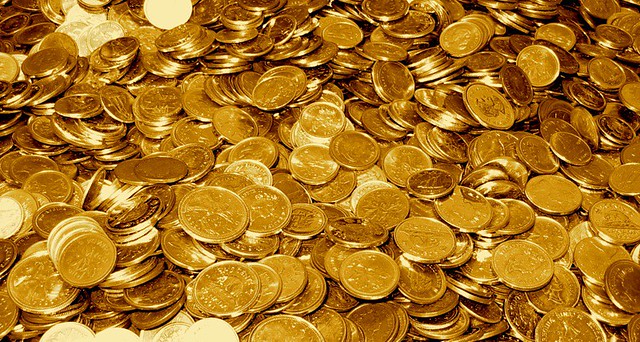GFMS Refinitiv published a mid-2019 study on global gold production and consumption. According to him, in the second quarter the supply of precious metal amounted to 1136 tons, exceeding the result of a year ago by 75 tons. At the same time, the demand for precious metals, according to GFMS, in the second quarter decreased by 2%, to 935 tons, and reached a minimum since the third quarter of 2016.
As a result, the surplus of the precious metal for the reporting period amounted to 136 tons, which is a maximum since the third quarter of 2018.
Jewelers played a key role in reducing global gold consumption. The consumption of metal by the jewelry industry decreased by 18 tons during the quarter, to 957 tons. Losses were recorded in all major regions, with the exception of South America. The decline in consumption in China was partly offset by increased demand for jewelry in India. However, demand for jewelry in Europe fell sharply, amid a slowdown in economic growth and high gold prices. The market was not supported by private investors, which reduced the purchase of coins to 238 tons, seven tons less than a year ago.
However, such an imbalance did not greatly affect gold prices. By the end of the second quarter, quotations of the precious metal fixed above the level of $ 1,400 per troy ounce, having risen by more than 9% since the beginning of the year. According to GFMS, central banks increased their investments in gold by 39%, to 260 tons, for six months. At the same time, the Bank of Russia has been the largest buyer of gold for the fourth year in a row. High activity was also observed by the central banks of Turkey and India.
In addition, in 2019, especially in the second quarter, tensions in trade relations between the USA and China intensified. In August of this year, the conflict escalated after the US administration decided to introduce ten percent trade duties on Chinese goods worth another $ 300 billion. In addition, leading world regulators, including the Fed, the ECB, the Bank of England and the Bank of Japan, regularly signal monetary easing - credit policy.
source: refinitiv.com
As a result, the surplus of the precious metal for the reporting period amounted to 136 tons, which is a maximum since the third quarter of 2018.
Jewelers played a key role in reducing global gold consumption. The consumption of metal by the jewelry industry decreased by 18 tons during the quarter, to 957 tons. Losses were recorded in all major regions, with the exception of South America. The decline in consumption in China was partly offset by increased demand for jewelry in India. However, demand for jewelry in Europe fell sharply, amid a slowdown in economic growth and high gold prices. The market was not supported by private investors, which reduced the purchase of coins to 238 tons, seven tons less than a year ago.
However, such an imbalance did not greatly affect gold prices. By the end of the second quarter, quotations of the precious metal fixed above the level of $ 1,400 per troy ounce, having risen by more than 9% since the beginning of the year. According to GFMS, central banks increased their investments in gold by 39%, to 260 tons, for six months. At the same time, the Bank of Russia has been the largest buyer of gold for the fourth year in a row. High activity was also observed by the central banks of Turkey and India.
In addition, in 2019, especially in the second quarter, tensions in trade relations between the USA and China intensified. In August of this year, the conflict escalated after the US administration decided to introduce ten percent trade duties on Chinese goods worth another $ 300 billion. In addition, leading world regulators, including the Fed, the ECB, the Bank of England and the Bank of Japan, regularly signal monetary easing - credit policy.
source: refinitiv.com





